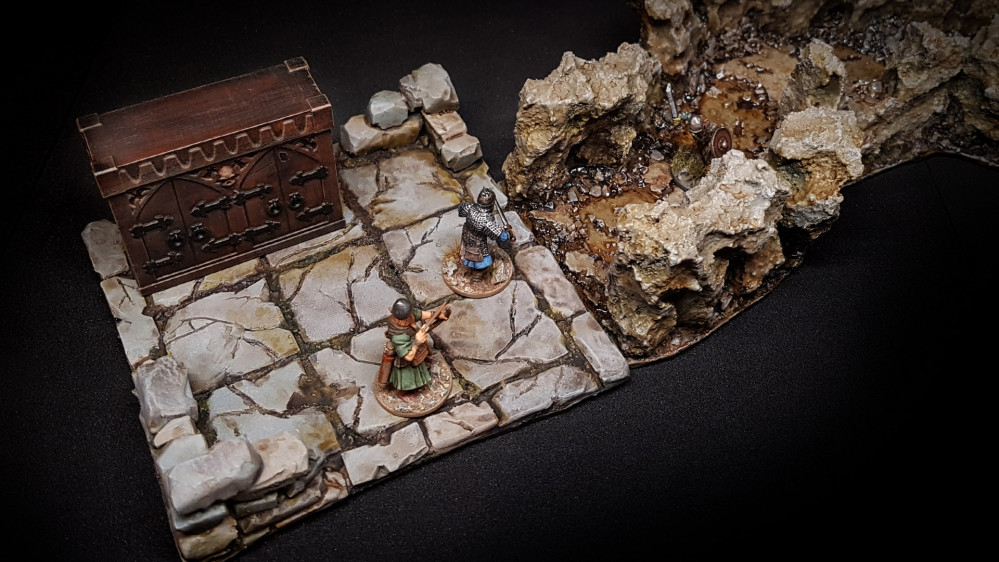
Building Foam Dungeon Tiles (EVA & Upholstery Foam)
Painting a Tiled Dungeon Room
Moving on to painting, my aim was to imbue my creation with that classic fantasy dungeon aesthetic reminiscent of what you’d find in a HeroQuest board. However, for this phase, I’ll be focusing on achieving a grey stone appearance, opting not to use colored floors like red or blue just yet. I plan to explore those vibrant options in the future as I expand the set.
The Base Colours
I began with priming, applying three colours to achieve a zenithal lighting effect, which aids in creating natural shading on the tile. Although the tile itself is relatively flat, and this technique might not be strictly necessary, I’ve adopted it as my standard practice for priming anything, given its effectiveness in enhancing depth and detail.
Following the primer, I proceeded to add distinct colours to individual stones, aiming to disrupt the monotony and introduce additional layers of interest and realism. After all, the natural world isn’t composed of flat, uniform colours.
You can see the colours used in the photos.
Drybrushing & Washes
After applying the base colours, I proceeded to drybrush the entire room, a technique that helped blend the colours room back together a bit so it didn’t feel to disparate.
Then, I applied washes across the room to introduce a grimy, dark, and damp dungeon aesthetic, adding further depth to the shadows that had been somewhat diminished by the drybrushing.
Next I did a second round of drybrushing to re-highlight the tiles and walls, effectively enhancing their texture and detail. This step also conveniently masked any unwanted coffee-style stains left by the washes.
To complete the painting process, I applied a final round of washes, concentrating primarily on the crevices between the tiles and blocks to accentuate their appearance and infuse the necessary darkness and grime.
At this stage, I also incorporated a green contrast paint to simulate a damp, algae-covered look. This was applied not only in the gaps but also subtly extended to the edges of certain tiles and along the base of some wall stones, adding to the overall moist and aged atmosphere of the room.





























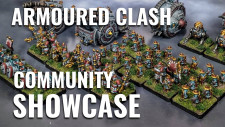


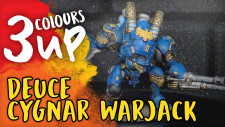








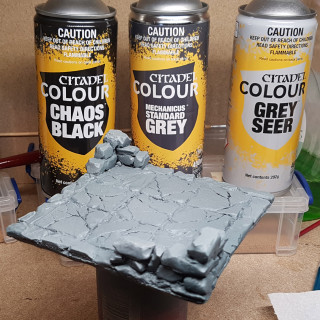
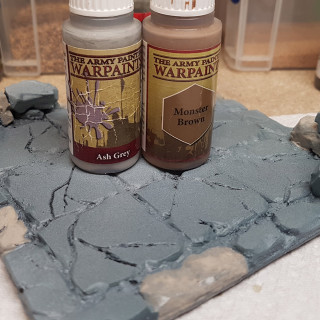
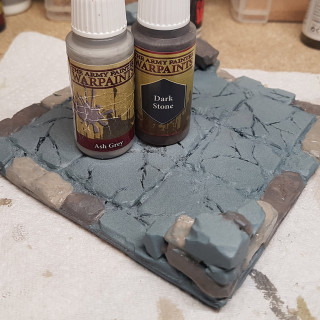
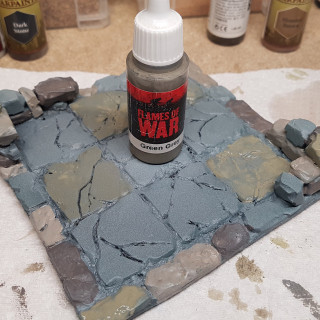
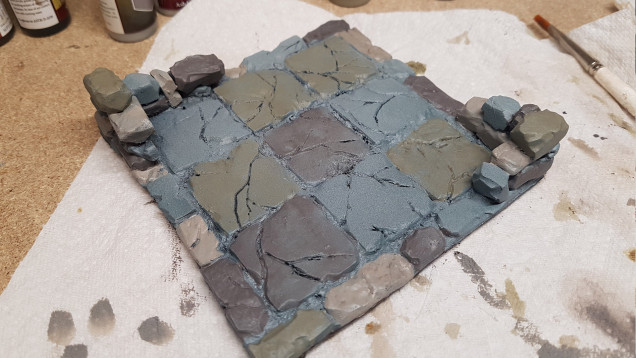

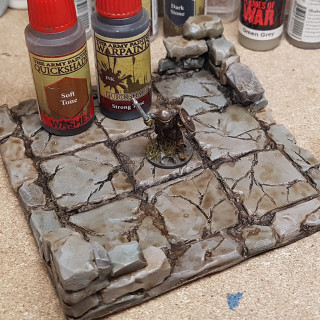

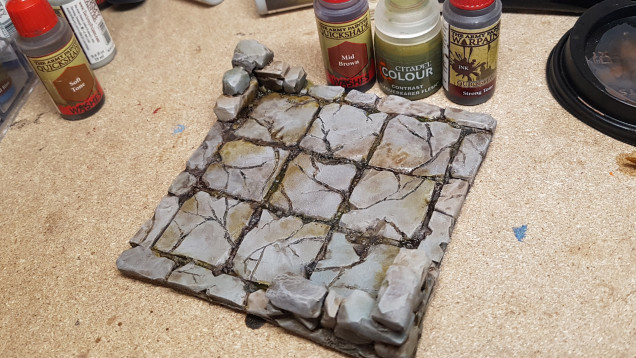



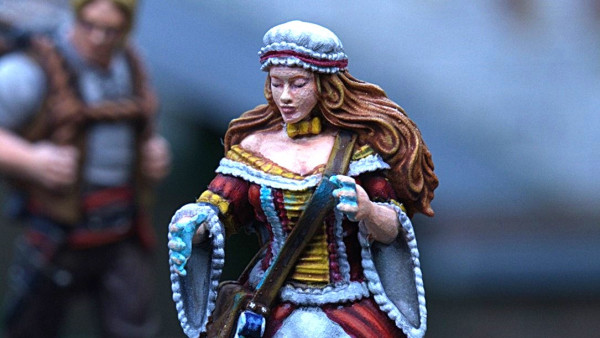




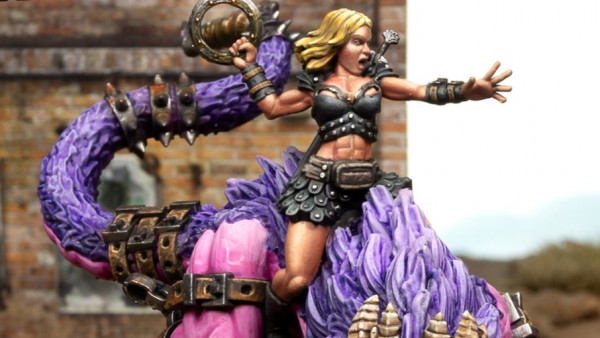
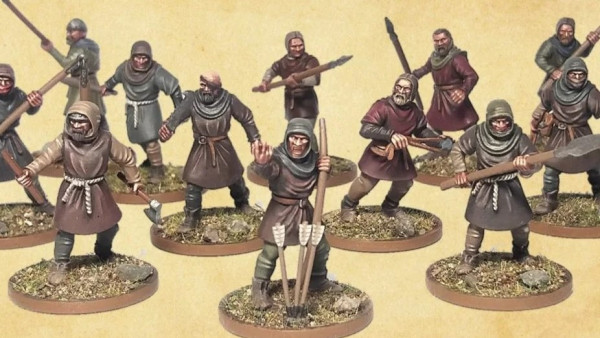




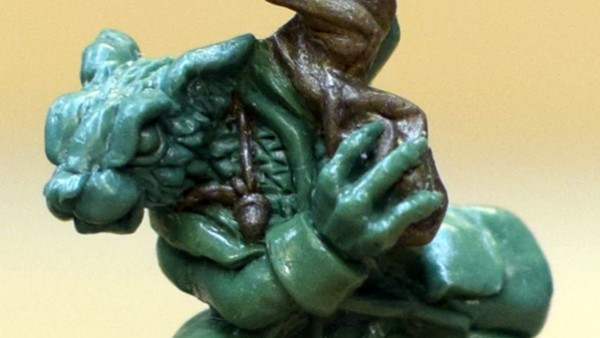






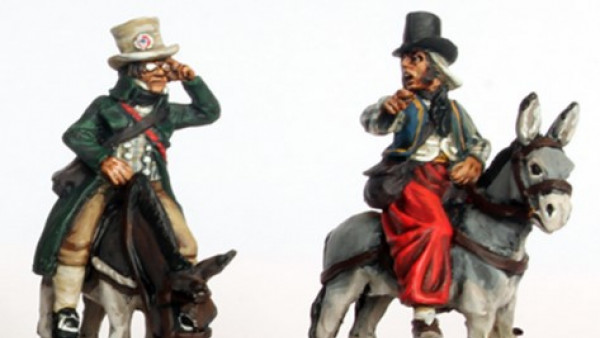



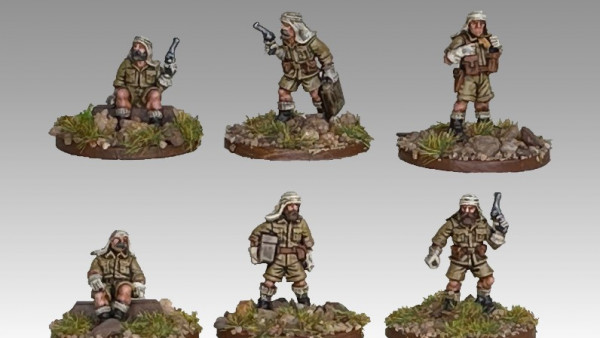
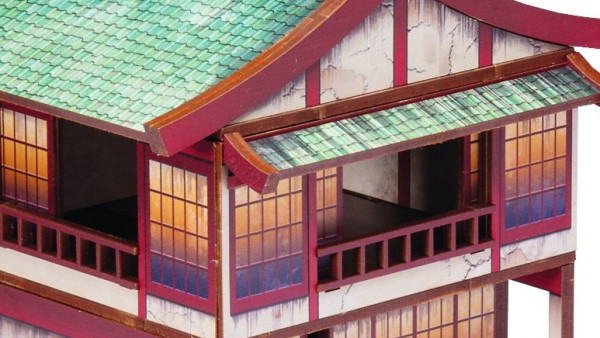


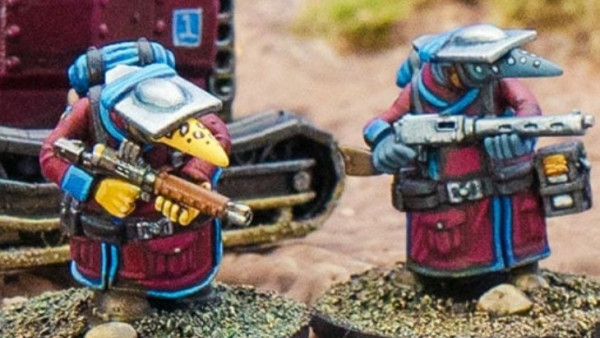
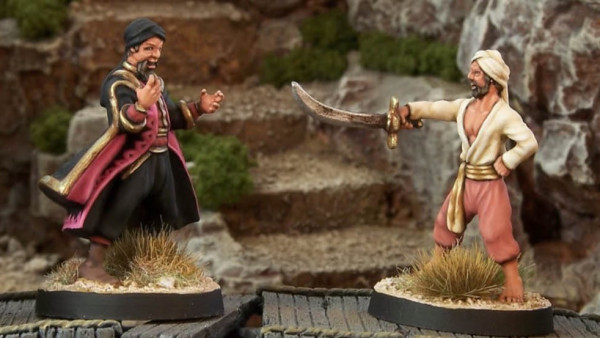



Leave a Reply